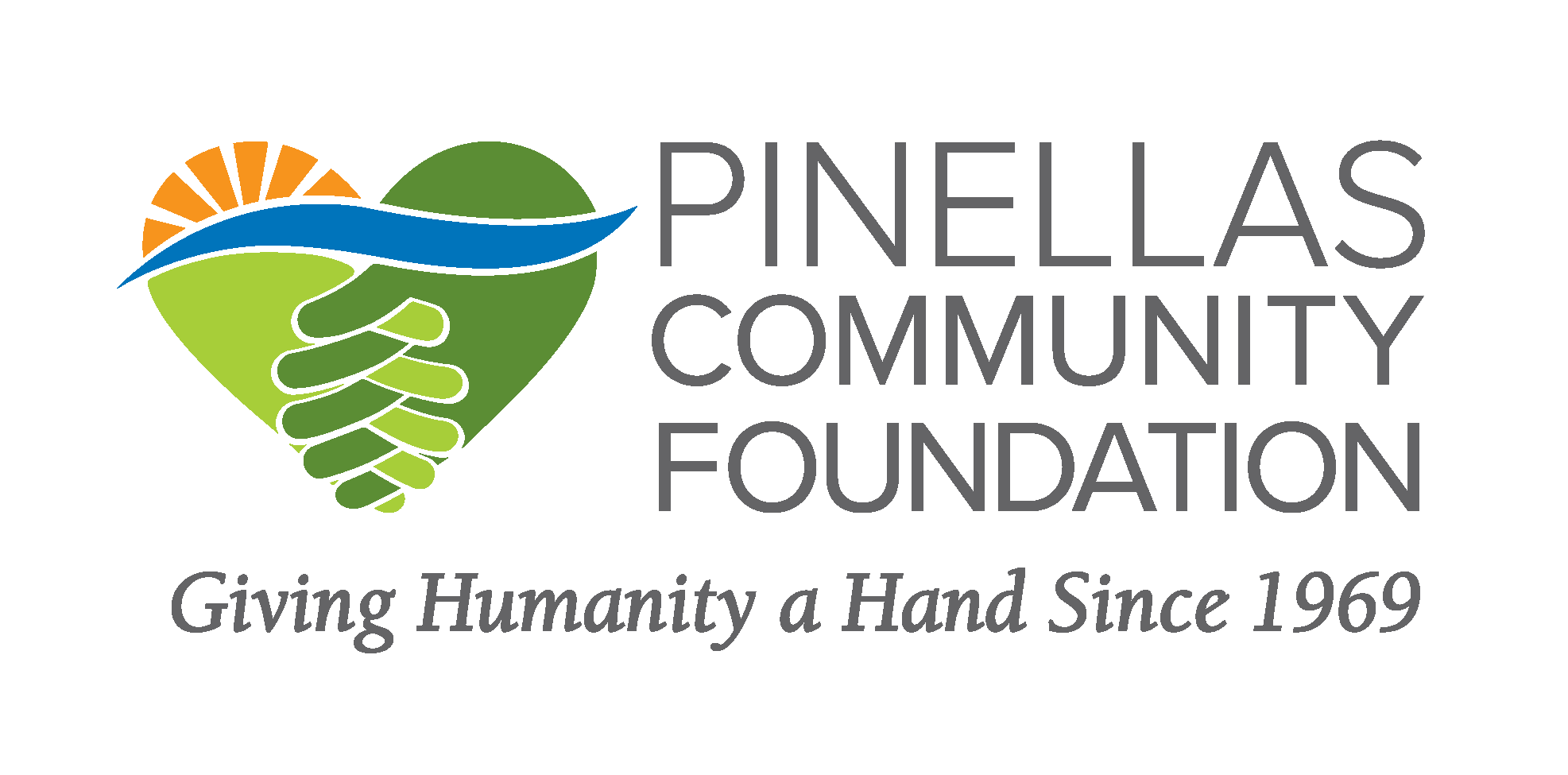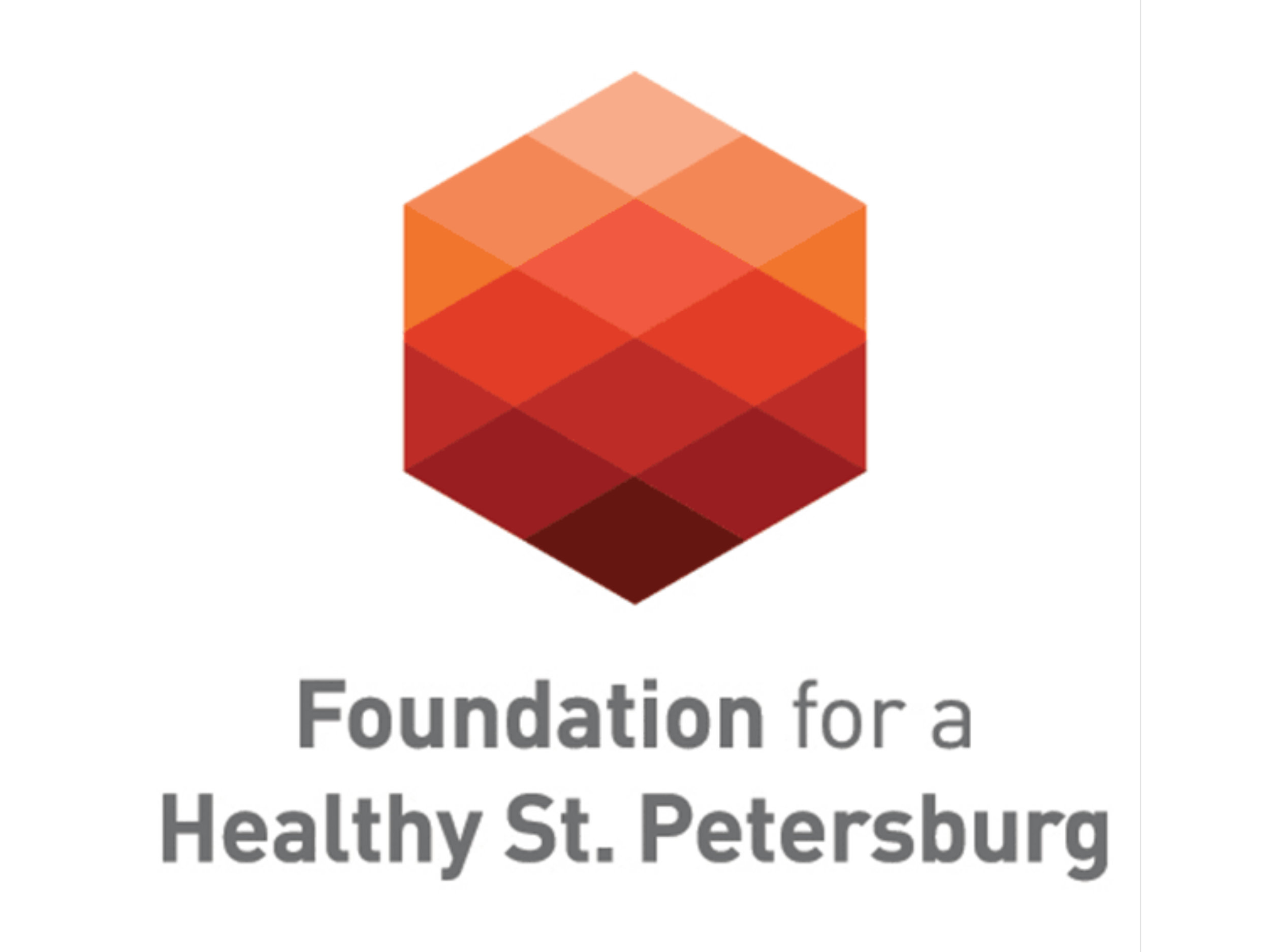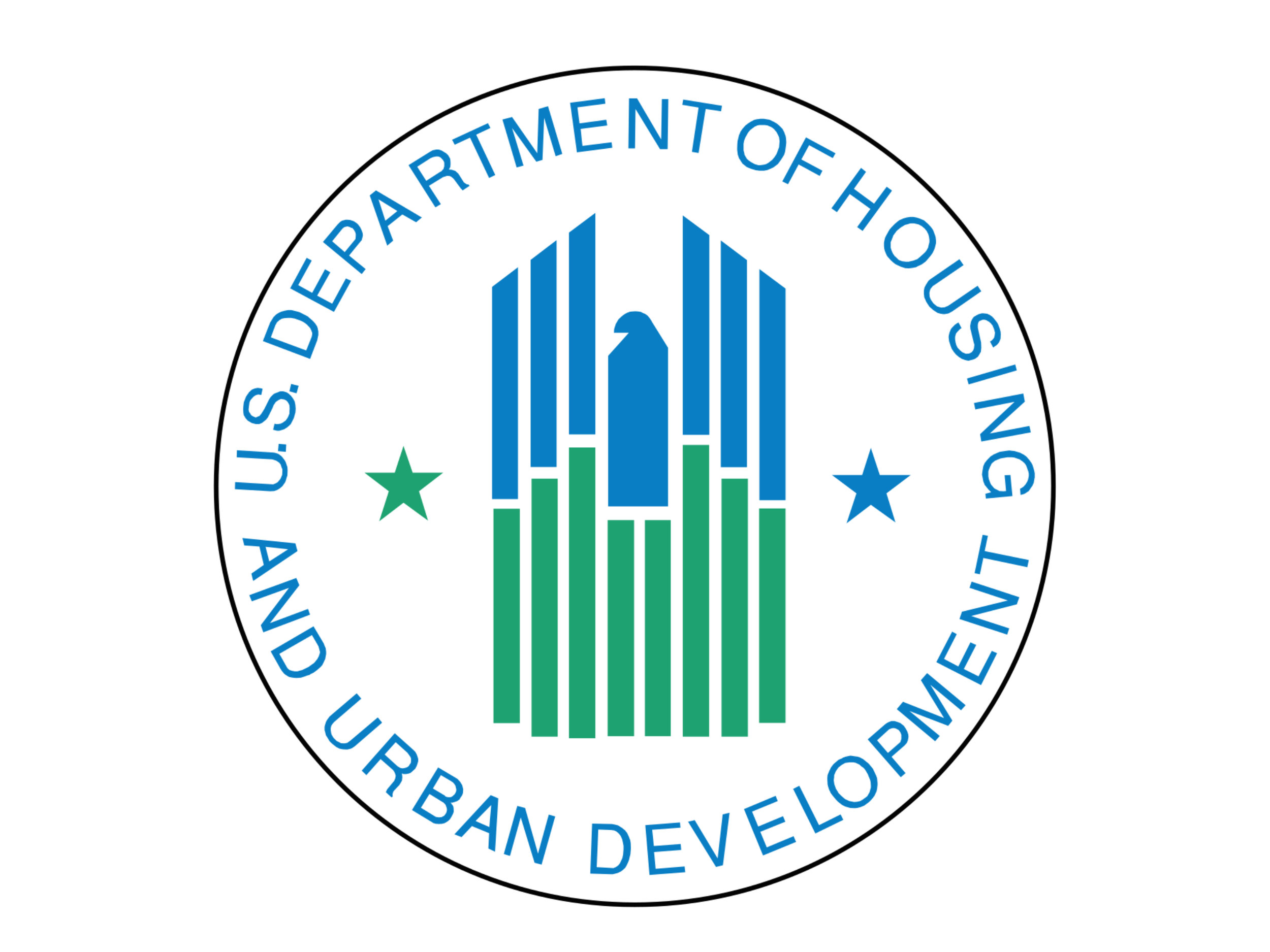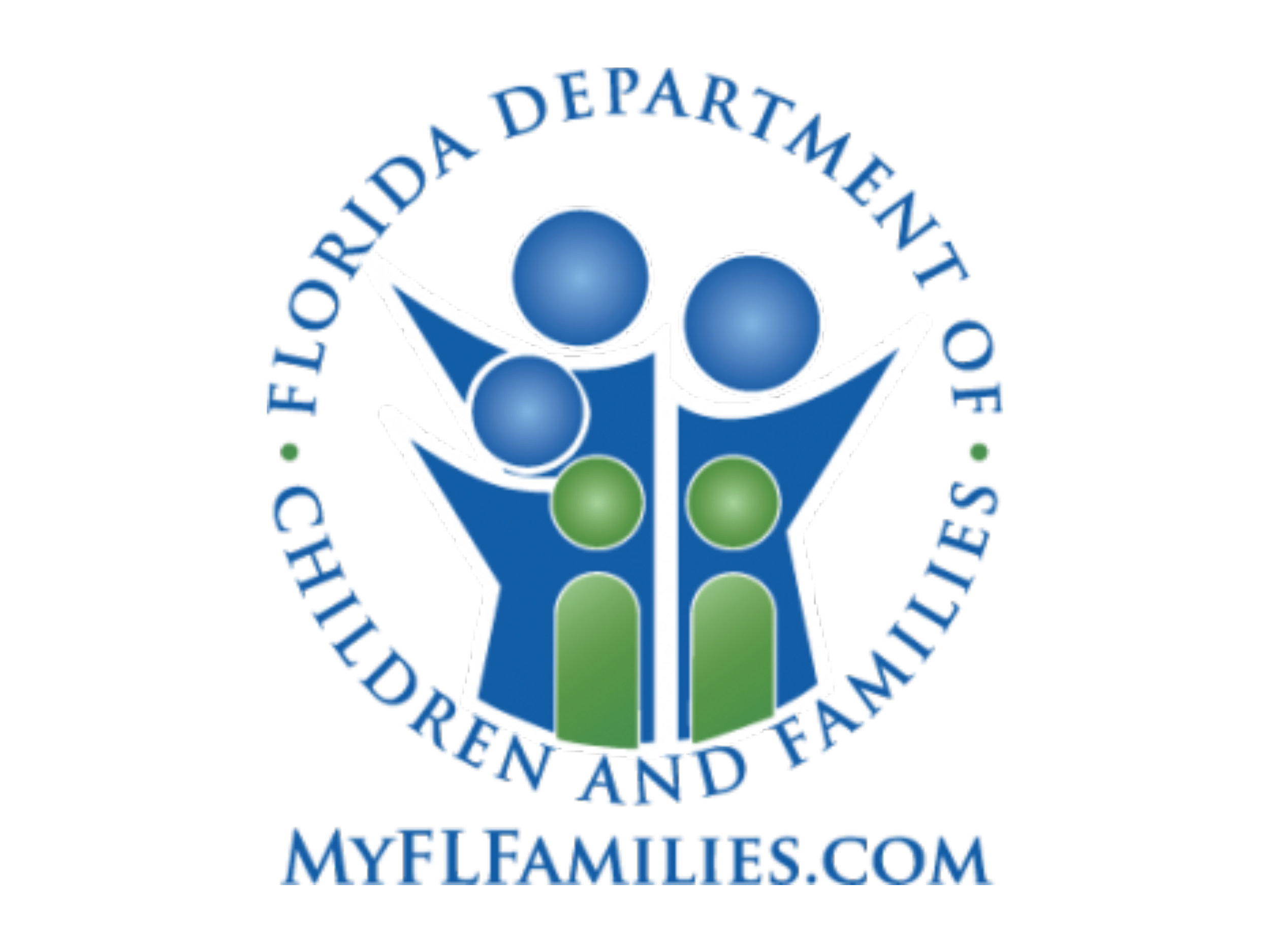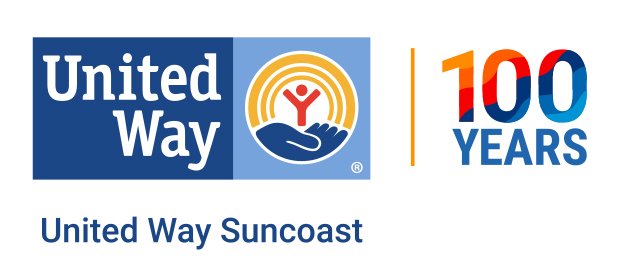
Download the hla system performance Introductory Guide
Annual Homeless Assessment Report
This report on sheltered homeless persons is based on local data submitted to the 2020 Annual Homeless Assessment Report (AHAR). The AHAR is a report to the U.S. Congress on the extent and nature of homelessness in America, prepared by the Department of Housing and Urban Development (HUD). It provides nationwide estimates of homelessness, including information about the demographic characteristics of homeless persons, service use patterns, and the capacity to house homeless persons. Once published, the 2017 AHAR will be found on HUD’s Homeless Resource Exchange (http://www.hudhre.info).
The AHAR Local Report is meant to be a resource for stakeholders in each community to view their data in a variety of user friendly tables and charts. The report is based primarily on Homeless Management Information Systems (HMIS) data about homeless persons who used emergency shelter, transitional housing or permanent supportive housing programs during the 12-month period between October 1, 2020 to September 30, 2020. The data are collected in six categories: Persons in Families in Emergency Shelter, Individuals in Emergency Shelter, Persons in Families in Transitional Housing, Individuals in Transitional Housing, Persons in Families in Permanent Supportive Housing and Individuals in Permanent Supportive Housing.
Annual Homeless Assessment Report to Congress
The Department of Housing and Urban Development (HUD) releases the Annual Homeless Assessment Report to Congress (AHAR) in two parts. Part 1 provides Point-in-Time (PIT) estimates, offering a snapshot of homelessness—both sheltered and unsheltered—on a single night. The one-night counts are conducted during the last 10 days of January each year. The PIT counts also provide an estimate of the number of people experiencing homelessness within particular homeless populations, such as people with chronic patterns of homelessness and veterans experiencing homelessness.
-
2023 AHAR: Part 1 - PIT Estimates of Homelessness in the U.S.
2022 AHAR: Part 1 - PIT Estimates of Homelessness in the U.S.
2021 AHAR: Part 1 - PIT Estimates of Homelessness in the U.S. (Pinellas County did not conduct a PIT Count in 2021 due to COVID-19)
2021 AHAR: Part 2 - Annual Estimates of Homelessness in the U.S.
2020 AHAR: Part 1 - PIT Estimates of Homelessness in the U.S.
2020 AHAR Part 2 - Annual Estimates of Homelessness in the U.S.
2019 AHAR: Part 1 - PIT Estimates of Homelessness in the U.S.
2018 AHAR: Part 1 - PIT Estimates of Homelessness in the U.S.
2018 AHAR Part 2 - Annual Estimates of Homelessness in the U.S.
2017 AHAR: Part 1 - PIT Estimates of Homelessness in the U.S.
2017 AHAR Part 2 - Annual Estimates of Homelessness in the U.S.
2016 AHAR: Part 1 - PIT Estimates of Homelessness in the U.S.
2016 AHAR Part 2 - Annual Estimates of Homelessness in the U.S.
2015 AHAR: Part 1 - PIT Estimates of Homelessness in the U.S.
2015 AHAR Part 2 - Annual Estimates of Homelessness in the U.S.
Annual Point in Time Count (PIT) Report
Each year, each Continuum of Care (COC) is required to report the number of homeless persons within its community to the Federal Department of Housing and Urban Development (HUD). The count takes place in the last week of January and includes both sheltered and unsheltered persons. Sheltered persons are those residing in Emergency Shelters (ES), Transitional Housing (TH) or Safe Havens (SH). Unsheltered persons (UN) are those residing in places not meant for human habitation. The two primary sources for these data each year are the Homeless Management Information System (HMIS) and a street survey of homeless persons.
Housing Inventory Count
Continuum of Care (CoC) Homeless Assistance Programs Housing Inventory Count Reports provide a snapshot of a CoC’s HIC, an inventory of housing conducted annually during the last ten days in January. The reports tally the number of beds and units available on the night designated for the count by program type, and include beds dedicated to serve persons who are homeless as well as persons in Permanent Supportive Housing. Click on a report below to view a specific year.
DCF Statewide Homeless Report
Pursuant to section 420.622(9), Florida Statutes, the Council on Homelessness submits its annual report to the Florida Governor and Legislature summarizing recommended actions to reduce homelessness, as well as data concerning those persons currently experiencing homelessness in Florida.
Continuum of Care (CoC) Performance Profile Reports
HUD’s CoC Performance Profile Reports provide a snapshot of a CoC’s performance in addressing homelessness using performance indicators such as the length of time persons have been homeless, returns to homelessness over time, and exits to permanent housing.



